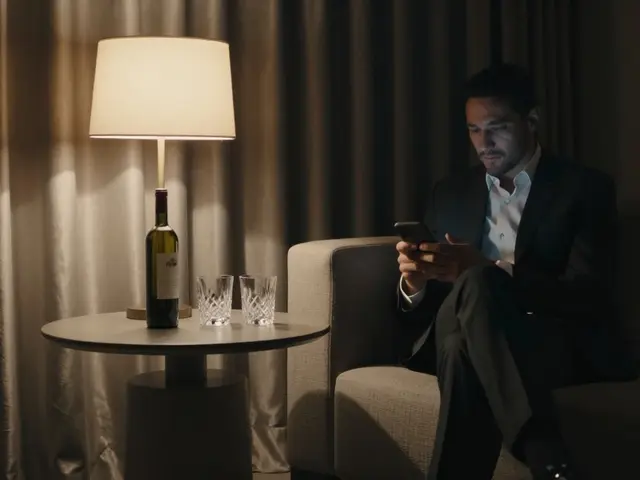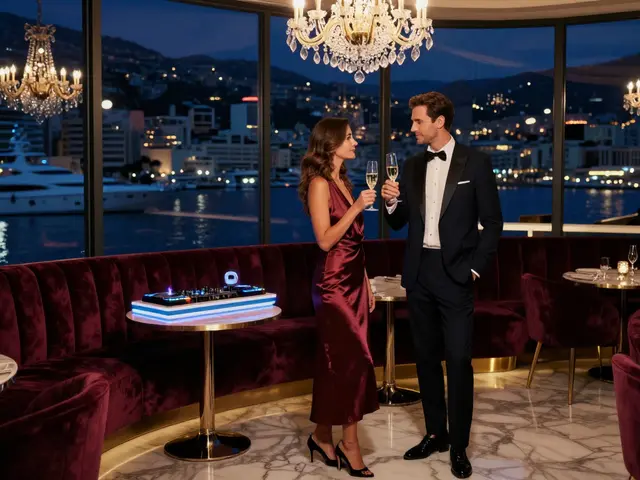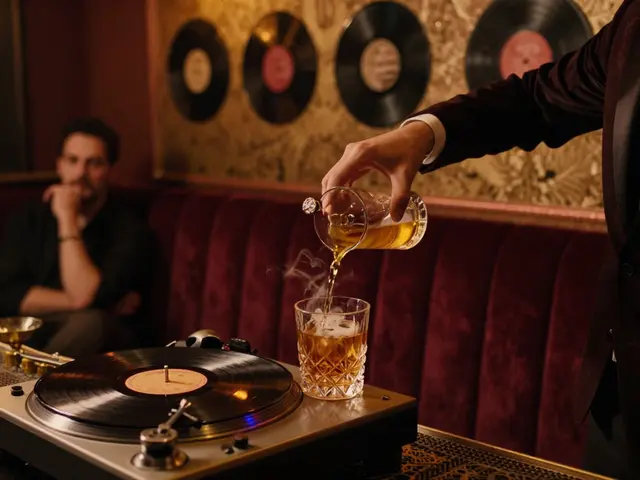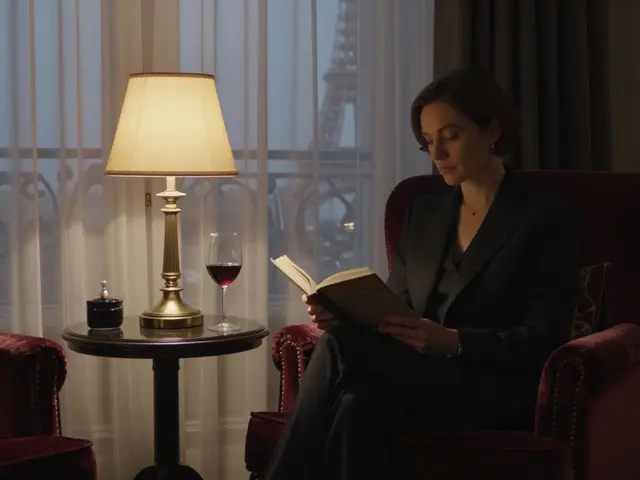Millions of people visit Milan every year for fashion, food, and design-but the real magic happens after sunset. While tourists flock to the Duomo and Galleria Vittorio Emanuele II during the day, locals know the city comes alive after 10 p.m. with music, cocktails, and energy you won’t find anywhere else in Italy. This isn’t just about drinking-it’s about experiencing a culture where style, rhythm, and social connection blend into something unforgettable.
Where the Night Starts: Naviglio Grande
If you want to ease into the night with a drink in hand and the canal sparkling under string lights, head to Naviglio Grande. This is where Milan’s creatives unwind after work. The area is packed with outdoor terraces, but the real standouts are the hidden gems. La Nave has been serving craft cocktails since 2012, using local herbs and seasonal fruits. Their Aperol Spritz isn’t just good-it’s the reason people come back. Walk a few steps to Bar Luce, designed by Wes Anderson, where the retro-modern vibe feels like stepping into a film. It’s not loud, it’s not crowded, but it’s exactly where you want to be if you’re arriving early and want to savor the mood before the clubs kick in.The Underground Scene: Brera and Porta Ticinese
Brera isn’t just for art galleries. By midnight, its narrow streets turn into a maze of intimate bars where jazz spills out of doorways and vinyl records spin in basements. Il Baretto is one of the oldest jazz spots in the city, open since 1978. The crowd? Musicians, poets, and people who still believe in conversation over noise. If you’re looking for something more experimental, Teatro degli Orrori mixes live electronic sets with immersive art installations. No cover charge, no dress code-just pure, unfiltered Milanese creativity.Down in Porta Ticinese, the energy shifts. This is where the city’s younger crowd gathers, and the bars turn into clubs by 1 a.m. La Cucina is a former kitchen turned underground venue with a massive sound system and walls covered in graffiti. DJs here don’t play Top 40-they spin rare Italo-disco, deep house, and forgotten 90s rave tracks. You won’t find a single bottle service table. Instead, you’ll see people dancing on wooden crates, sweating through their blazers, laughing with strangers who become friends by 3 a.m.
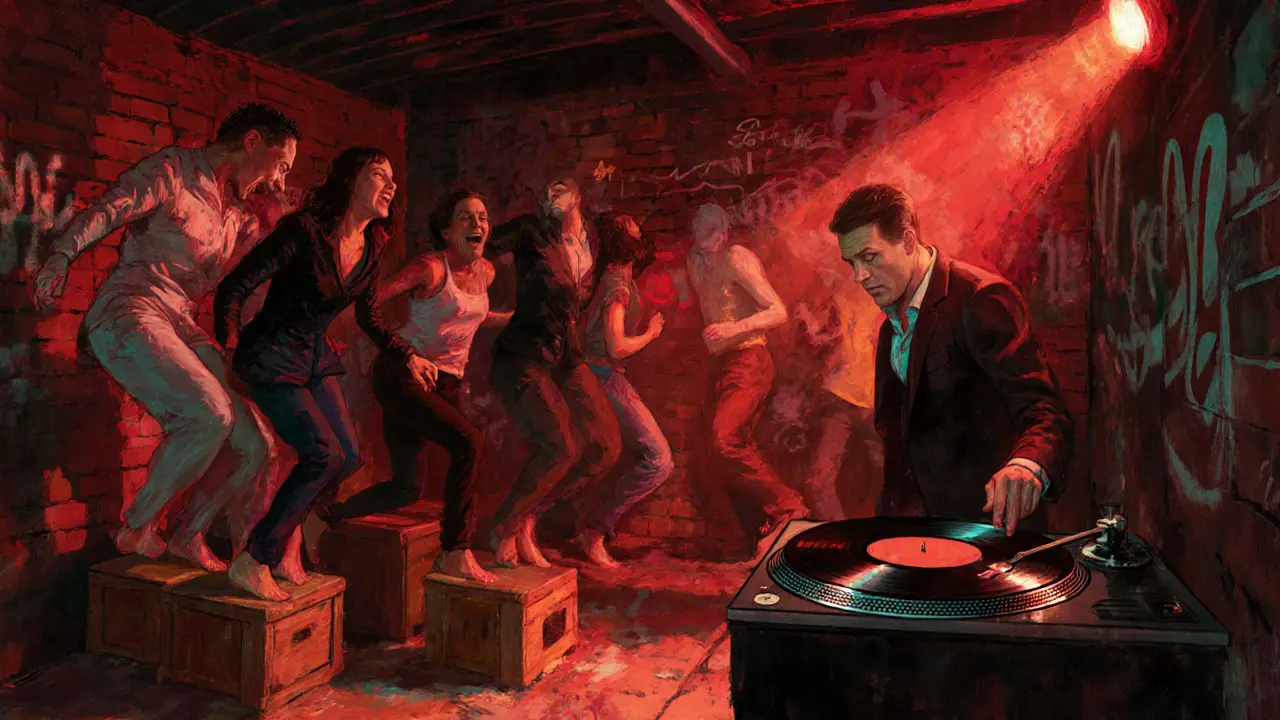
The Big Names: Clubbing at the Top
Milan doesn’t just have underground spots-it has world-class clubs that draw international DJs and fashion icons. Fabrique is the most iconic. Opened in 1998, it’s hosted names like Carl Cox, Nina Kraviz, and Charlotte de Witte. The building used to be a textile factory, and the industrial vibe still holds. The main room has a 120,000-watt sound system. The lighting isn’t flashy-it’s precise. Every strobe, every beam, is timed to the beat. Entry is €20 after midnight, and the line starts forming at 10:30 p.m. Don’t show up late. You’ll wait an hour.For a more exclusive feel, Magazzini Generali is where Milan’s elite go. It’s not just a club-it’s a cultural space with art exhibitions during the day and techno sets at night. The crowd is polished, the drinks are expensive (a gin and tonic costs €18), but the music is unmatched. This is the place you go if you want to see who’s in town-designers from Prada, influencers from Vogue, and producers from Sony Music all show up here on weekends.
Where the Locals Go: Hidden Spots You Won’t Find on Google
Most tourists stick to the same five spots. Locals? They know better. La Casa del Vino is tucked behind a bookshop in the Brera district. It’s a wine bar with 300 bottles, all from small Italian producers. The owner, Marco, will ask you what flavors you like-sweet, earthy, citrusy-and then pour you a glass you’ve never tasted before. No menu. No prices listed. You pay what you feel it’s worth.Then there’s Bar del Fico, a tiny spot in the Zona Tortona neighborhood. It opens at 8 p.m. and closes when the last person leaves-sometimes 6 a.m. They serve Negronis made with house-infused gin and bitter orange peel. The bartender, Elena, doesn’t take photos. She doesn’t care if you’re famous. She cares if you’re present. If you ask her for a recommendation, she’ll say, “Try the one with the thyme.” And you will.
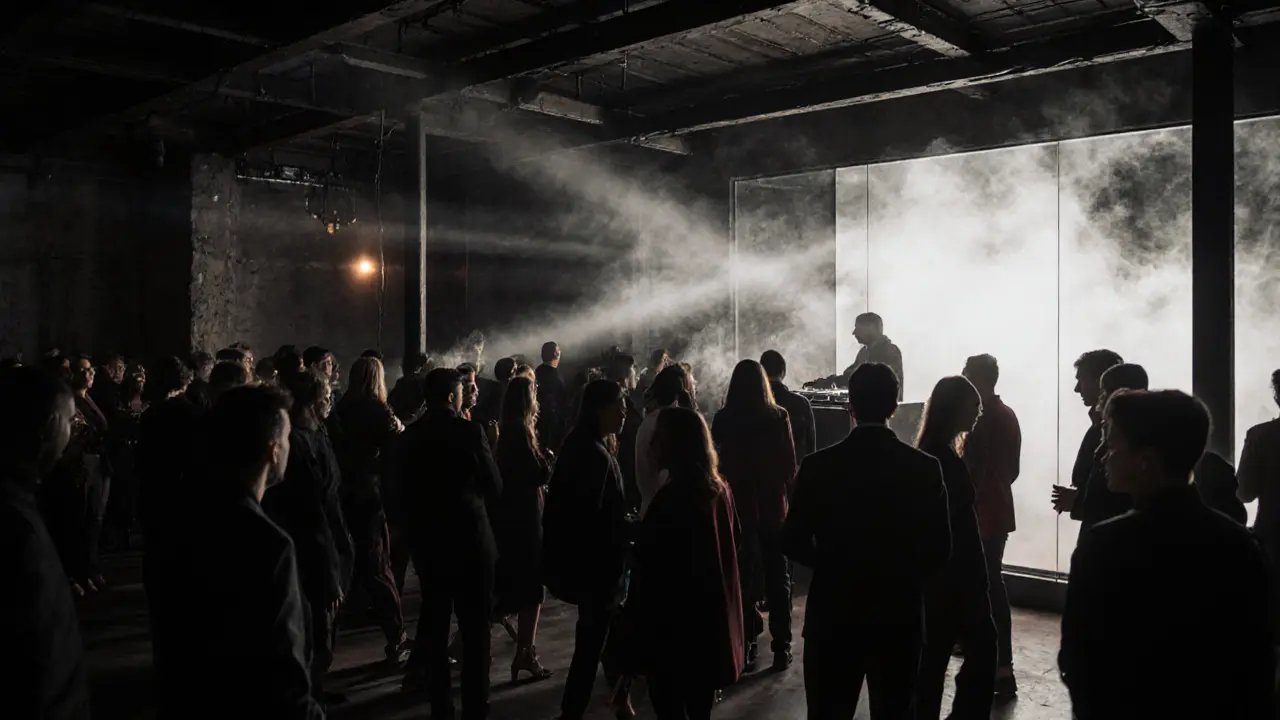
What to Wear, When to Go, and What to Avoid
Milanese nightlife has rules. Not written ones, but ones everyone follows. Dress code? Smart casual. No sneakers, no hoodies, no flip-flops. Even in summer, men wear tailored jeans and a button-down. Women wear heels or sleek loafers. You don’t need a designer label-but you do need to look like you tried.Timing matters. Bars open at 7 p.m., but the real crowd doesn’t show until after 11. Clubs don’t get busy until 1 a.m. Arrive too early, and you’ll be the only one there. Arrive too late, and you’ll miss the best DJs. The sweet spot? Show up between 12:30 and 1 a.m.
Avoid the tourist traps near the Duomo. Places like “Milan Pub” or “Irish Bar” with neon signs and £5 pints? They’re for people who don’t know any better. The real nightlife doesn’t advertise. It whispers.
How to Make the Most of Your Night
Start with aperitivo. Between 6 and 9 p.m., most bars offer a drink (wine, cocktail, beer) with a buffet of snacks-think mini sandwiches, olives, cheese, and fried risotto balls. It’s not a happy hour. It’s a ritual. Spend €10-15 here, and you’ve already eaten dinner.Use the metro. Milan’s subway runs until 1:30 a.m. on weekends. Taxis are expensive and hard to find after midnight. The metro is clean, safe, and gets you from Naviglio to Fabrique in 15 minutes.
Bring cash. Many small bars and underground clubs don’t take cards. Even if they do, they charge extra. Keep €50 in your pocket. You’ll need it.
And don’t rush. Milanese nights aren’t about checking boxes. They’re about lingering. Talking. Dancing without caring who’s watching. One night here doesn’t just fill your calendar-it changes how you think about nightlife.
What time do clubs in Milan usually open and close?
Most bars open around 7 p.m. for aperitivo, but clubs don’t get busy until after midnight. The real party starts between 1 a.m. and 2 a.m. Most clubs close at 4 a.m., though some underground spots like Bar del Fico stay open until 6 a.m. or later. Fabrique and Magazzini Generali typically close by 5 a.m. on weekends.
Is there a dress code for clubs in Milan?
Yes, and it’s strict. Smart casual is the standard-no sneakers, no shorts, no hoodies. Men should wear dark jeans or tailored pants with a button-down or polo shirt. Women often wear dresses, skirts, or stylish pants with heels or elegant flats. Even if you’re going to an underground spot, looking put-together matters. Bouncers at places like Fabrique and Magazzini Generali will turn people away for violating the code.
Are tickets needed for clubs in Milan?
For big clubs like Fabrique, yes-tickets are often required, especially for headliner nights. You can buy them online through platforms like Resident Advisor or directly on the club’s website. For smaller venues like La Cucina or Bar Luce, there’s usually no cover charge until after midnight, and even then it’s often just €10-15. Walk-ins are welcome at most places, but if you’re going to a popular club on a Friday or Saturday, book ahead.
What’s the best way to get around Milan at night?
The metro is your best bet. It runs until 1:30 a.m. on weekends and connects all major nightlife areas: Naviglio, Brera, Porta Ticinese, and Zona Tortona. Taxis are expensive and hard to find after midnight. Uber isn’t widely available. Walking is fine between nearby spots like Naviglio Grande and La Nave, but don’t try to walk from downtown to the outskirts. The metro is fast, safe, and cheap-€2 per ride.
How much should I budget for a night out in Milan?
A solid night out costs about €50-80. Aperitivo: €15-20. One or two cocktails at a bar: €12-18 each. Club entry: €15-25. Drinks inside: €10-15 per cocktail. Cash is king-many places don’t take cards, or charge extra. If you’re dining before the night out, add another €20-30. Don’t forget to tip-rounding up is appreciated but not required.

